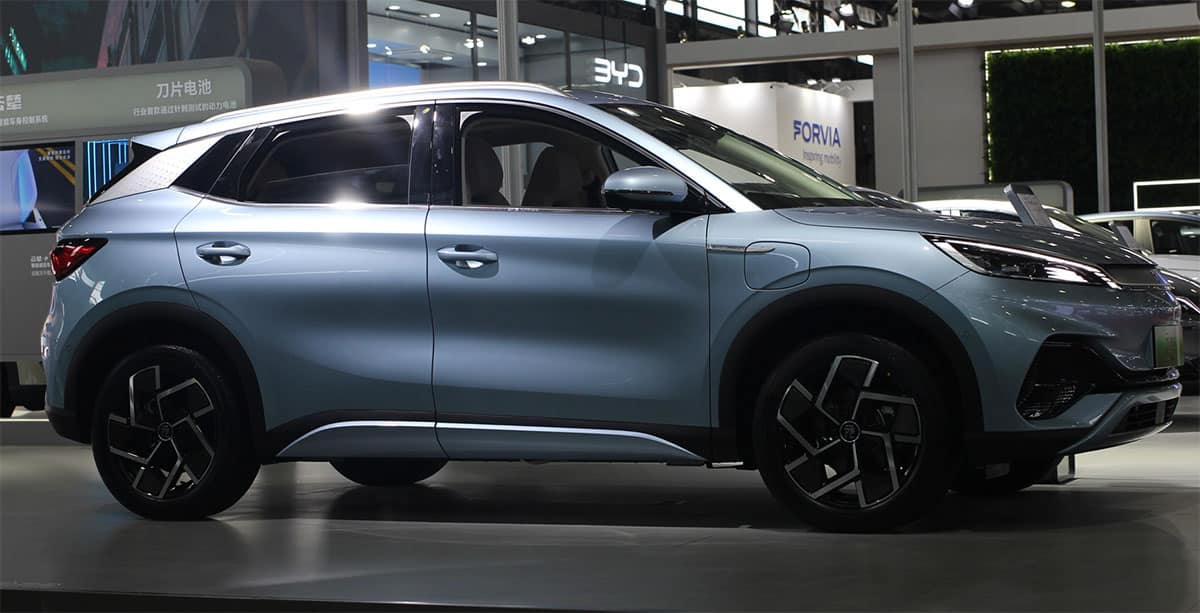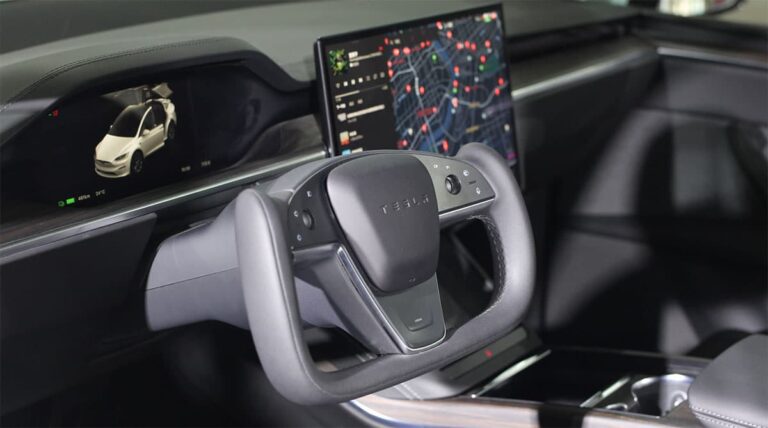BYD is aiming to make its in-house developed smart driving algorithms mass-produced as soon as November, and to start equipping models in the RMB 100,000 class with high-level smart driving capabilities by 2025, according to local media.

BYD (HKG: 1211, OTCMKTS: BYDDY) will start using its in-house developed smart driving algorithms on some of its models as soon as next month, after previously relying solely on supplier solutions, according to a new report.
After undergoing a series of organizational changes this year, BYD is aiming to have its in-house developed smart driving algorithms in mass production as soon as November, in what could be a landmark moment for its smart driving development, local media outlet HiEV said in a report today, citing multiple sources.
BYD calls its smart driving computing platform DiPilot, with different branches depending on computing power, the report noted.
Those with computing power of 100 TOPS or less are known as DiPilot 100, and they use the Drive Orin N chip from US chip giant Nvidia as well as the Journey 5 chip from homegrown manufacturer Horizon Robotics.
A system with 300 TOPS or less based on a single Nvidia Orin X chip is called DiPilot 300.
A system based on two Nvidia Orin X chips with 508 TOPS is called DiPilot 600.
BYD is concurrently working on smart driving algorithm development based on major computing platforms from Nvidia, Horizon Robotics, and another Chinese autonomous driving chip startup Black Sesame Technologies, HiEV's report noted.
Of these, the BYD team has invested the most effort into R&D based on the Drive Orin platform, as Nvidia's platform is the most mature, according to the report.
The in-house developed algorithm based on Orin N could be mass-produced and loaded on vehicles as soon as November, making it BYD's first breakthrough in smart driving R&D, the report said.
So far this year, most of BYD's main-selling models priced above RMB 200,000 ($28,120) are offered in versions equipped with high-level smart driving, the report noted, adding that BYD hopes to lower that threshold to the RMB 100,000 class by 2025.
In less than 2 years, BYD has realized the mass production of high-level smart driving features in its main-selling models, largely thanks to a supply chain that has become more mature, the report said.
In addition, some car brands were eliminated in the fierce competition, allowing BYD to acquire some teams with mass production experience, according to the report.
In addition to its in-house developed algorithms, BYD is also planning to develop its own smart driving chip, which will start from low to medium positioning, the report said.
BYD launched the Xuanji Architecture on January 16 as the core of its vehicle intelligence.
In the future, BYD's high-level intelligent driving system would come standard on its models priced over RMB 300,000, while models priced between RMB 200,000 and RMB 300,000 offer options, the company said at the time.
On June 13, BYD shared a 2-minute, 40-second video on Weibo using a Denza N7 SUV (sport utility vehicle) to demonstrate how its driver-assistance technology that doesn't rely on high-definition maps performs on complex roads in urban areas, the first time the company had done so.
($1 = RMB 7.1133)

